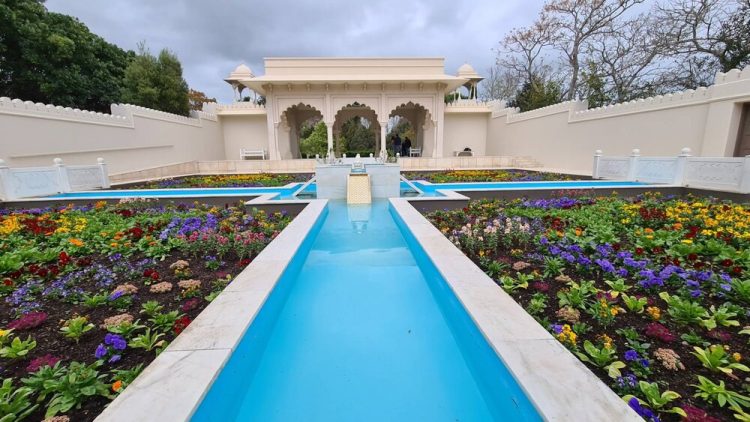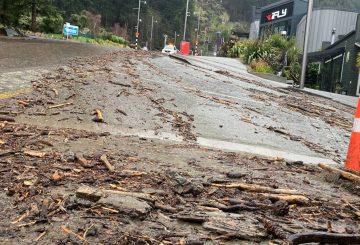해밀턴 가든 (Hamilton Gardens) 에 무료로 입장할 수 있는 날짜는 플래그십 어트랙션의 새 구역 공사가 시작됨에 따라 도시 외곽에서 온 방문객들에게도 인기가 많습니다.
관광객들은 입장 구역이 완공되면 테마 정원에 입장하기 위해 10달러를 지불해야 하며, 아마도 연말까지 해밀턴 거주자와 16세 미만의 어린이는 무료로 입장할 수 있습니다.
이 지역에 대한 공사는 다음 달부터 시작될 예정이며, 이는 방문객들이 가든을 더 잘 개방하여 무엇이 제공되는지 더 쉽게 확인할 수 있도록 하기 위한 것이기도 합니다.
해밀턴 가든 (Hamilton Gardens) 에는 매년 50만 명의 방문객이 찾아오는데, 그중 3분의 1은 현지인이고 나머지 3분의 1은 뉴질랜드 전역에서, 나머지는 해외에서 온 것으로 알려져 있습니다.
입장료는 시의회의 장기 계획의 일환으로 책정되었을 때 10년 동안 1,490만 달러의 수입이 들 것으로 예상되었으며, 이는 연간 평균 149만 달러입니다.
Gardens는 또한 COVID 이전에 연간 약 500,000달러에 달했던 소매 및 장소 임대를 통해 수익을 늘리기를 희망한다고 방문객 서비스 및 제품 책임자인 탐신 웹 (Tamsin Webb) 은 말했습니다.
해밀턴의 최대 관광 명소인 가든스의 연간 운영 예산은 550만 달러입니다.
개발의 일환으로 CCTV가 업그레이드될 예정입니다.Wi-Fi, 더 많은 자전거 랙, 더 많은 화장실, 새로운 PA 시스템, 안전 조명 및 자동 볼라드가 설치될 것입니다.“해밀턴 가든이 제공하는 시설은 세계적 수준이며 입장료를 지불할 가치가 충분하다고 생각합니다.”



















































-360x245.jpg)










